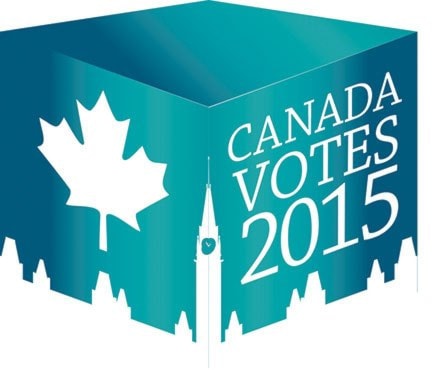The Saanich News asked the candidates the question: How would your party address the need to strengthen Canada’s infrastructure and what project would you say is the highest priority for your riding?
Frances Litman – Green Party
The gap between the infrastructure funding our communities need and the funding they receive is estimated at $350 billion. Investing in better roads, bridges, water and wastewater treatment, affordable housing, transit and cycling infrastructure creates local jobs as well as improving our cities and towns. The Green Party would provide one point of the GST – about $6.4 billion annually – to fixing up and building infrastructure in our communities.
In Esquimalt-Saanich-Sooke, there are two main priorities. We need to ensure that the federal government contributes its fair share to wastewater treatment (sewage) for the Core Area and other areas. This needs to happen without the pressure of artificial deadlines, allowing for a good local process. Second, the federal government needs to invest in better transit and cycling infrastructure. In this riding, a comprehensive approach to traffic along the Trans Canada Highway needs to have a complete approach including buses, high-occupancy vehicles and cycling, not simply an interchange at McKenzie that moves traffic faster into the next traffic light.
Shari Lukens – Conservative
The economic success of Canada – and of the riding of Esquimalt-Saanich-Sooke – depends greatly on the strength of our communities. Infrastructure projects benefit residents, families, businesses and visitors alike while generating economic growth and creating jobs.
Our government’s commitment to infrastructure represents $80 billion over the next 10 years. It is the largest, and longest, federal infrastructure plan in Canada’s history.
It is important to note that since 2006, Canada has consistently led G7 countries in infrastructure funding as a rate of GDP. This is in stark contrast with the Liberal years. I am committed to investing in public infrastructure to reduce commuting times for families, enhance our economic productivity, and encourage job creation and economic growth.
Randall Garrison – NDP
An NDP government is committed to work with towns and cities to build new roads, bridges and community infrastructure. Specifically, the NDP will launch a Better Transit Plan to reduce gridlock and commute times across Canada by investing $1.3 billion per year over 20 years to support municipal needs. We will increase direct transfers to municipalities to build and repair roads, bridges and transit with an additional $1.5 billion annually by the end of the NDP’s first mandate. I believe it is important to work with, not against, provinces and territories to ensure effective investments while rigorously respecting their jurisdiction. We can also kick-start manufacturing with a new Innovation Tax Credit. Locally, I am committed to securing the long-promised shipbuilding jobs that will be long-term, high-skilled and well paying. Investing in shipbuilding also supports rebuilding a viable navy that has been so neglected by the Harper government.
David Merner – Liberal
Investing in infrastructure is vital to creating jobs today and sustained economic growth for years to come. Public infrastructure investments make our economy more competitive, while also creating jobs, strengthening our cities and communities, and improving our health, well-being and quality of life.
A Liberal government will make the largest new infrastructure investment in Canadian history. We will: Nearly double federal infrastructure investment to almost $125 billion over the next decade, as described at www.realchange.ca; provide new, dedicated funding to provinces, territories and municipalities for public transit infrastructure, social infrastructure and green infrastructure; help fund public infrastructure projects by creating a new Canada Infrastructure Bank; and invest $100 million more annually to support the development of clean technology, as well as $200 million each year to support innovation and clean technologies in forestry, fisheries, energy and agriculture.
In Esquimalt-Saanich-Sooke, public transit is the key infrastucture issue we face now and developing our spectacular part of the world into a global technology hub is our key challenge for the future. If elected, I will constantly promote our region as one of the most desirable places in the world for green industries to invest and knowledge workers to flourish.
